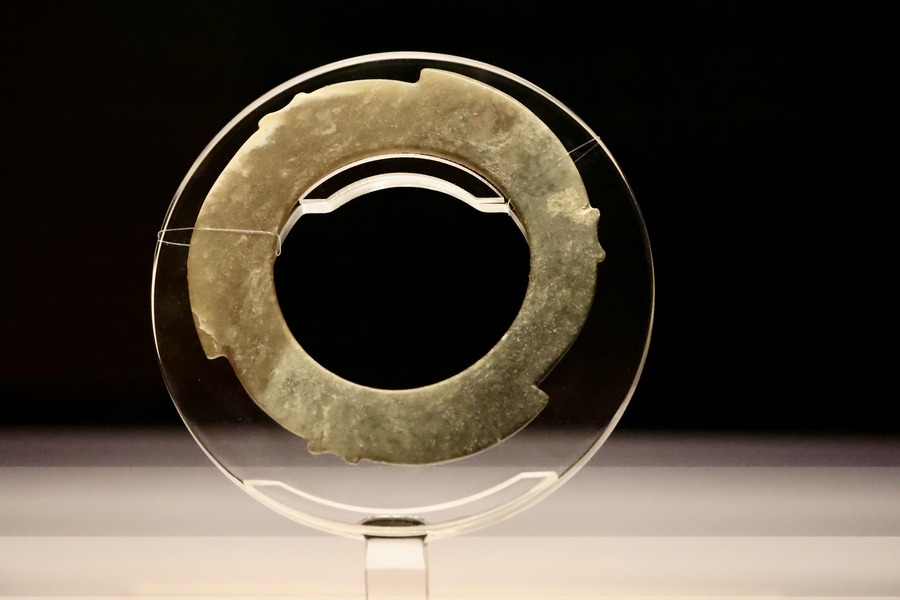Fresh approach sought to promote academic journals

More needs to be done to attract high-quality scientific and technological papers to be first published in domestic academic journals, hundreds of industry insiders were told as they gathered in Beijing for the 2017 Forum on the Future of Chinese Academic Journals on Nov 22-23.
"We've made great progress in science and technology, and domestic academic journals over the past year," says Zhu Bangfen, 69, a condensed matter physicist and an academician at the Chinese Academy of Sciences.
"However, the progress of academic journals has lagged behind that of scientific research."
With the situation acknowledged, academics at the forum began to discuss how to solve the urgent problems facing the industry and find ways to improve in the processes of publishing and evaluation.
On average, 322,000 scientific and technological papers written by Chinese researchers were published in international journals annually in 2014-16, or about 23 percent of the entire academic output in these fields, according to China National Knowledge Infrastructure, an integrated knowledge resource platform.
"Perhaps as a result of domestic evaluation standards, scholars in my field of life sciences tend to publish their papers in top international journals like Cell, Nature and Science," says Wang Zhizhen, 75, an academician at the Chinese Academy of Sciences.
Due to their perceived lack of standing or recognition internationally, many domestic academic journals have been apathetic about attracting high-quality papers from China or abroad, according to Wu Chen, chief engineer at the China Academic Journals Electronic Publishing House.
But journals and platforms like cnki.net are trying to improve the situation.
According to Wang Mingliang, chairman of the publishing house, they have developed a system to publish academic papers online in advance of them appearing in the print journal.
About 3,000 papers have been published via the system since its launch on Oct 16.
They have also developed a mobile reviewing system, where editors and editorial board members can work via their smartphones.
Language can also be an important factor. "In the field of physics, a paper's influence is limited if it is not translated to English. Since English is such an international language, domestic English journals can play a big role," says Zhu.
More than 130 journals in eight academic sectors have set up bilingual publications over the past four years, according to the publishing house.
The sole pursuit of a higher impact factor (IF), the international journal evaluation index released by Journal Citation Reports produced by Thomson Reuters, has also raised concern in academic circles.
"We should also pursue the number of papers published and the total number of citations besides a higher IF," says Zhu.
Wang Dingsheng, an academician at the Chinese Academy of Sciences, says that not many domestic journals are included in the current evaluation system of citations, adding: "it is not enough to measure the quality of Chinese journals and their influence on Chinese researchers".
Both Wang and Zhu point out the limitations of biennial IF and the importance of longer time frames to better evaluate the duration of an academic papers' scientific influence.
"Two years is not enough to cultivate scientific influence for papers published in international journals written by Chinese researchers," Zhu says.
According to Cheng Lei, editorial director of Cell Research, a domestic journal with a current IF of 15.606, they have benefited from those high-quality papers that go beyond conventional wisdom or are regarded too preliminary to be published by top international journals.
After all, Wang Zhizhen's words might indicate a common expectation: "I hope in the future there will be quality domestic journals in most scientific areas that are respected by their international counterparts and appeal to academic circles."




























